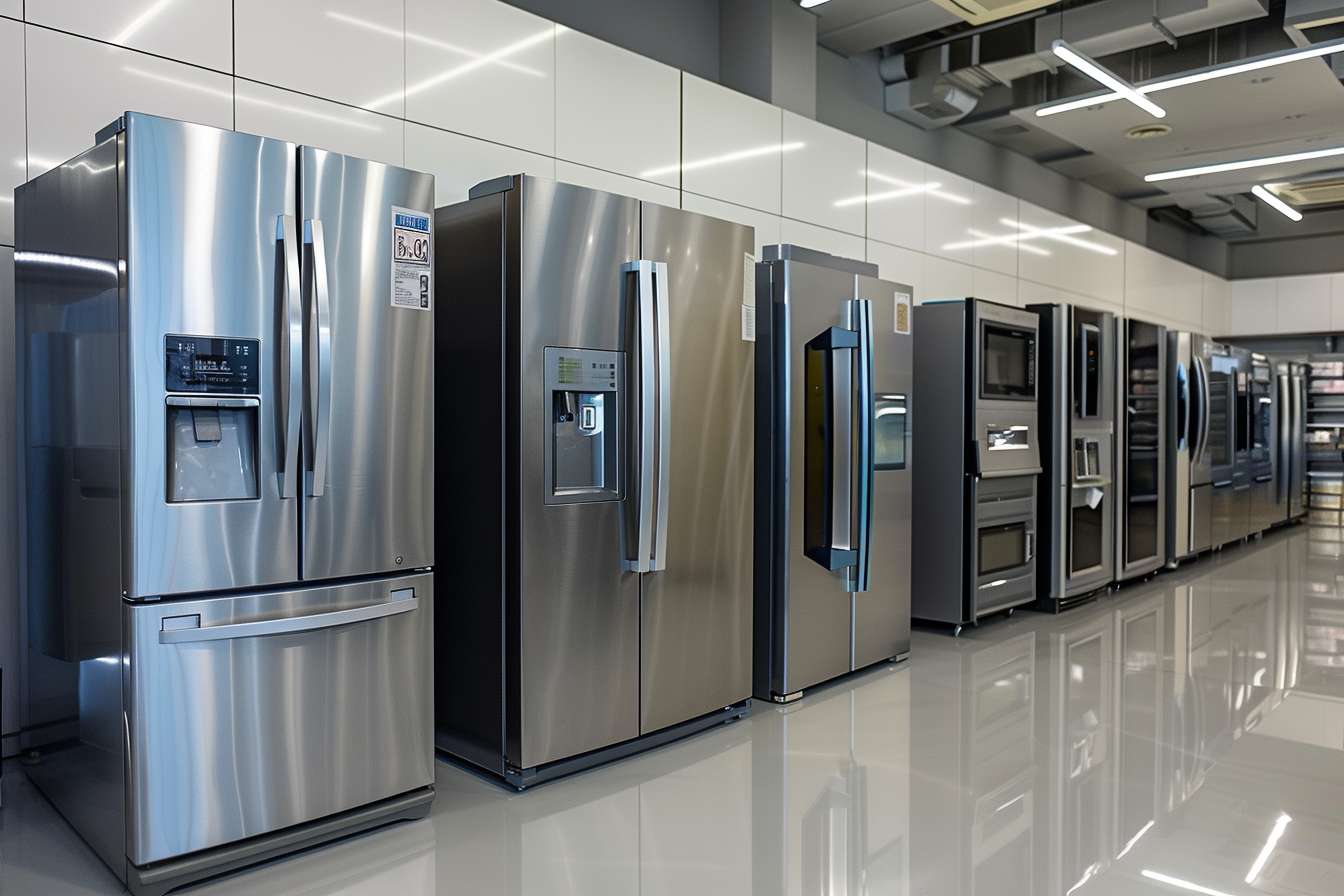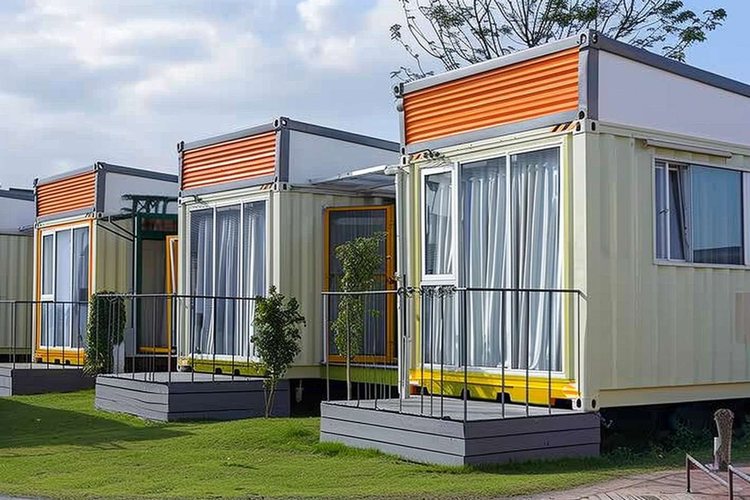What You Need to Know About Refrigerator Prices and Buying Mistakes
Purchasing a refrigerator represents a significant investment in your home's functionality and efficiency. Understanding the various factors that influence refrigerator prices and avoiding common buying mistakes can help ensure you make an informed decision that meets your needs and budget. From size considerations to energy efficiency ratings, several key elements deserve careful attention during the selection process.

How Do Refrigerator Prices Vary by Features and Size?
Refrigerator prices can vary significantly based on several factors, with size and features being two of the most influential. Generally, larger refrigerators tend to be more expensive than smaller models. For instance, a compact 10-cubic-foot refrigerator might cost between $300 and $700, while a spacious 25-cubic-foot French door model could range from $1,500 to $3,000 or more.
Features also play a crucial role in determining the price. Basic models with standard cooling functions are typically more affordable. However, as you add advanced features such as smart technology, built-in water and ice dispensers, or flexible temperature zones, the price increases accordingly. For example, a refrigerator with a built-in touchscreen and Wi-Fi connectivity could cost 20-30% more than a similar model without these features.
What Common Mistakes Should Buyers Avoid?
When purchasing a refrigerator, several common mistakes can lead to buyer’s remorse. One frequent error is failing to measure the available space accurately. It’s crucial to measure not only the height, width, and depth of the area where the fridge will be placed but also to account for door swing and ventilation requirements.
Another mistake is overlooking energy efficiency. While a less expensive model might seem attractive initially, it could cost more in the long run due to higher energy consumption. Look for Energy Star certified refrigerators, which typically use about 15% less energy than non-certified models.
Buyers often focus too much on aesthetics and trendy features while neglecting practical considerations. For instance, a sleek, fingerprint-resistant stainless steel finish might be appealing, but if it doesn’t align with your kitchen’s layout or your family’s needs, it may not be the best choice.
Which Features Impact Long-term Reliability and Value?
Certain features can significantly impact a refrigerator’s long-term reliability and value. Compressor quality is paramount; dual compressors or variable speed compressors often provide better temperature control and energy efficiency, potentially extending the appliance’s lifespan.
Adjustable shelving and compartments offer flexibility, allowing the refrigerator to adapt to changing storage needs over time. This feature can enhance the appliance’s usefulness and perceived value years after purchase.
Advanced cooling technologies, such as multi-air flow systems or separate evaporators for the fridge and freezer sections, can help maintain optimal food freshness and prevent odor transfer. These features contribute to better food preservation and potentially reduce food waste, adding long-term value to the purchase.
What Should You Verify Before Purchase?
Before finalizing a refrigerator purchase, there are several critical aspects to verify. First, confirm the warranty terms and coverage. A comprehensive warranty can provide peace of mind and protect against unexpected repair costs.
Check the refrigerator’s noise level, especially if your kitchen is open-plan or close to living areas. Many manufacturers provide decibel ratings, which can help you compare models. Generally, anything below 40 decibels is considered quiet for a refrigerator.
Verify the refrigerator’s climate class, which indicates the range of ambient temperatures in which the appliance can operate effectively. This is particularly important if you live in an area with extreme temperatures or plan to place the fridge in a garage or outbuilding.
Lastly, research the brand’s reputation for customer service and availability of replacement parts. A company with a strong track record in these areas can make a significant difference in the long-term ownership experience.
| Refrigerator Type | Size (cu. ft.) | Common Features | Estimated Price Range |
|---|---|---|---|
| Top Freezer | 18-22 | Basic cooling, adjustable shelves | $600 - $1,200 |
| Bottom Freezer | 20-24 | More fridge space, better ergonomics | $1,000 - $2,000 |
| Side-by-Side | 22-28 | Water/ice dispenser, larger capacity | $1,200 - $3,000 |
| French Door | 25-30 | Flexible storage, wide shelves | $1,800 - $4,000 |
| Smart Refrigerator | 22-29 | Wi-Fi connectivity, touchscreen | $2,500 - $5,000+ |
Prices, rates, or cost estimates mentioned in this article are based on the latest available information but may change over time. Independent research is advised before making financial decisions.
In conclusion, understanding refrigerator prices, avoiding common buying mistakes, recognizing valuable features, and verifying crucial details before purchase can help you make a well-informed decision. By considering these factors, you can select a refrigerator that not only fits your budget but also provides long-term value and reliability for your household.




